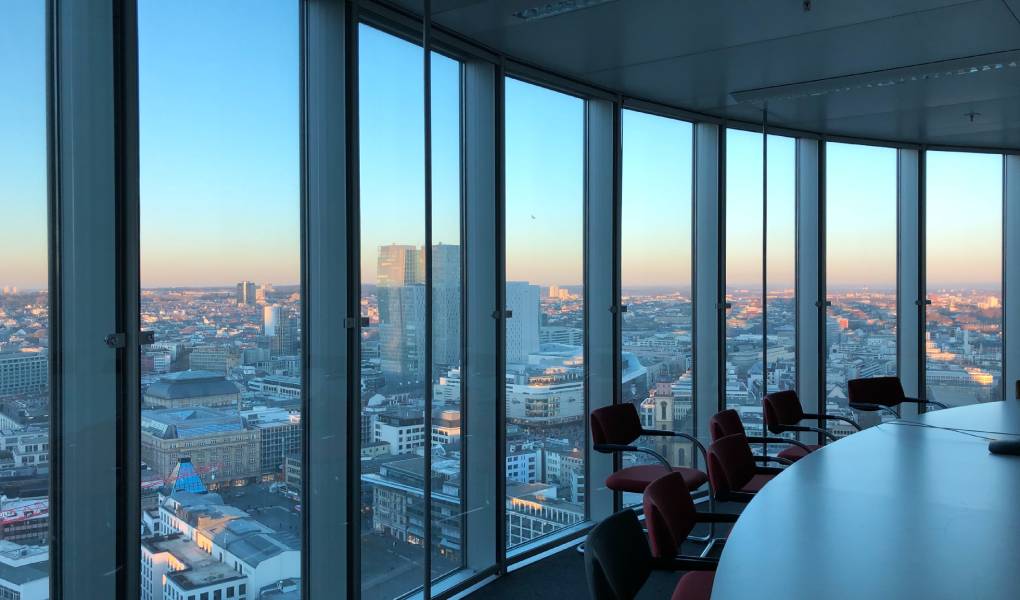Virtual offices have been gaining popularity in the last couple of years, especially due to the outbreak of a Global Pandemic. Physical offices were still the preferred system until the pandemic. This worldwide phenomenon forced employees and employers to rethink the current system. To reanalyze what is absolutely necessary and what can be done without.
Here, virtual offices came to be seen as the best solution to all the problems. To minimize the spread of the virus, virtual offices were adopted. The employees could continue to work without compromising their safety and health. The number of people that a conventional office space can accommodate is also limited by the capacity of the area.
The concept of virtual offices has also allowed corporate agencies to save a considerable amount of finances without having to compromise employee efficiency aspect. Working professionals can now connect from remote locations and fulfill their daily corporate responsibilities by connecting on virtual platforms. The overall aspect of convenience has significantly enhanced with the adoption of virtual offices, allowing people to work as per their independent comfort levels.
However, finding suitable virtual office space can be easy, and you can check many trustworthy and reliable platforms like Coworkingers to access a vast range of virtual spaces available.
Let us now identify and distinguish between the two ideologies of conventional office space with a virtual office to highlight the various advantages of operating virtually.
- The basic feature – Like the name, the main feature of a virtual office is remote working availability. Most of the work regarding the business or company can be conducted through the virtual space. And if needed, the employees can meet up once in a while. Physical offices do not have these benefits though. The employees are expected to regularly come into the office for all office-related work. No personal activities are encouraged during office hours and within the office premises.
- Costs – There is no doubt about it. Virtual offices can cut down your costs by a lot. Physical offices require a set space which is usually large and expensive. You either have to pay for the mortgage or the rent for the space. Even during the weekends when there is no one at the office. With a virtual office, you are only paying for what you use. If you are using a meeting room for two hours then you are paying for that time only. Here, the rent is the only payment that you have to make. There are no other bills that you need to take care of.
- Commute – Since traditional offices require you to attend office every day, commuting is a daily event. A lot of time is spent every day traveling from the house to the office and back again. Time is not the only thing you are spending as there are traveling expenses to consider as well. Virtual offices do not require you to attend office every day. There is no fixed office to go to either. The only reason you would need to travel for work is when there is a physical meeting or discussion. These are not very common so you do have to commute a lot.
- Flexibility – The strict structure of a physical office is what scares most workers away. They prefer to work as a freelancer instead of trying to follow a stringent routine. Companies can lose valuable employees through this. One way to change this without sacrificing office culture is to adopt a more flexible means – virtual offices.
- Communication – Companionship and healthy communication are crucial for any organization and these are promoted through daily dealing and meetings. Unless you are meeting someone in close spaces, it is not possible to get to know them. Virtual offices cannot give you familiarity with your colleagues. You are not meeting them often and online communication is always enough to form strong bonds.
Both office systems have their advantages and disadvantages. It cannot be denied that traditional offices provide a structure and discipline that can be hard to match. The people working there are super focused and absorbed in their work. The whole atmosphere of the office is that of productivity. Break time is determined by a strict schedule and is the same for everyone.
On the other hand, virtual offices are freer with their schedules. The people working here are not bound by a rigid timetable. They can focus on their work during a certain time. During breaks, they are allowed to relax and recharge their concentrating abilities so that they can fully focus when they get back to work.
Considering the changing times, virtual offices can be seen as the future of the corporate world. It is not without its cons but the pros are far too many to be ignored.
